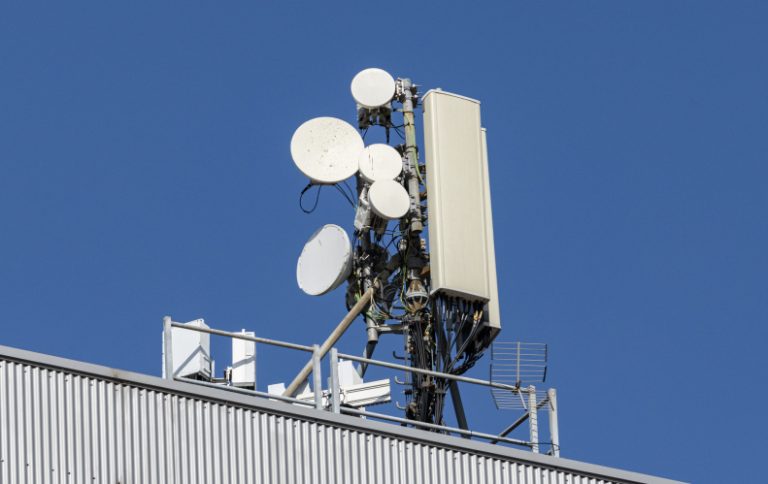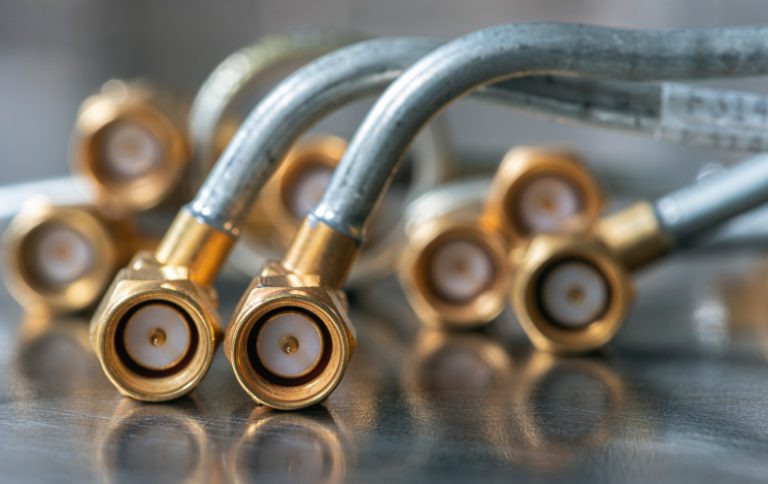Omni antennas are the backbone of reliable wireless communication systems, providing 360-degree horizontal coverage for applications ranging from cellular networks to IoT deployments. At Petra Carbon, we design high-gain Omni antennas that balance broad coverage, durability, and signal integrity. In this guide, we’ll explore how Omni antennas work, their advantages over directional alternatives, and why industries trust Petra Carbon for mission-critical connectivity.

What Is an Omni Antenna?
An Omni-directional (Omni) antenna radiates and receives signals equally in all horizontal directions, creating a “doughnut-shaped” radiation pattern. Unlike directional antennas (e.g., panel antennas), Omni antennas eliminate the need for precise alignment, making them ideal for mobile or wide-area deployments.
Key Features of Petra Carbon’s Omni Antennas:
- Frequency Range: 400 MHz to 6 GHz (supports 4G, 5G, Wi-Fi, and LoRa).
- Gain: 3 dBi to 12 dBi options for varied coverage needs.
- Durability: UV-resistant radomes and IP67-rated housings.
Explore our Omni antenna catalog for ready-to-deploy solutions.
Types of Omni Antennas
Whip Antennas
Use Case: Vehicle-mounted systems (e.g., fleet tracking, public safety).
Features: Flexible stainless-steel construction, 3–6 dBi gain.
Pair With: Coaxial cables for low-loss signal transmission.
Ground Plane Antennas
Use Case: Fixed installations like cellular base stations or IoT gateways.
Features: Aluminum ground plane for stable radiation patterns.
Collinear Array Antennas
Use Case: High-gain coverage in rural telecom networks.
Features: Multi-element design for gains up to 12 dBi.
Applications of Omni Antennas
Telecommunications
5G Small Cells: Provide 360° coverage in dense urban areas.
Signal Boosters: Extend network reach in remote locations using RF combiners.
Industrial IoT
Sensor Networks: Connect distributed sensors in smart factories or oil rigs.
Integration: Compatible with hydraulic pump controllers for real-time monitoring.
Public Safety
Emergency Communication: Ensure reliable connectivity for first responders.
Fleet Management
GPS Tracking: Omni antennas enable continuous vehicle location updates.
Omni vs. Directional Antennas: Which to Choose?
| Factor | Omni Antenna | Directional Antenna |
| Coverage | 360° horizontal | Focused beam (e.g., 30°–90°) |
| Alignment | Not required | Critical for optimal performance |
| Best For | Mobile devices, wide-area coverage | Point-to-point links, long-distance backhauls |
For directional needs, explore Petra Carbon’s panel antennas.
How to Optimize Omni Antenna Performance
Height Placement
- Mount antennas above obstructions (e.g., rooftops, poles) to maximize coverage.
Cable Selection
Use low-loss coaxial cables to minimize signal attenuation.
Interference Mitigation
Avoid mounting near EMI sources like motors or hydraulic pumps.
For custom configurations, contact our team.
Why Petra Carbon’s Omni Antennas Stand Out
Rigorous Testing: Validated with in-circuit test systems for consistent performance.
Customization: Adjustable gain, connector types (N-type, SMA), and cable lengths.
Global Compliance: Meets FCC, CE, and RoHS standards.
FAQs About Omni Antennas
Can Omni antennas work indoors?
Yes! Use low-gain models (3–5 dBi) for offices or warehouses.
What’s the maximum range of an Omni antenna?
Depends on gain and frequency—e.g., a 6 dBi antenna at 2.4 GHz covers ~1 km in open areas.
How do I weatherproof an outdoor Omni antenna?
Our IP67-rated housings and flange alignment tools ensure leak-proof installations.
At PetraCarbon, we engineer Omni antennas to thrive in the harshest environments, from industrial sites to urban networks.
🔗 Contact Petra Carbon for expert guidance or explore our Antenna Solutions Catalog.
Built to perform, anywhere!



